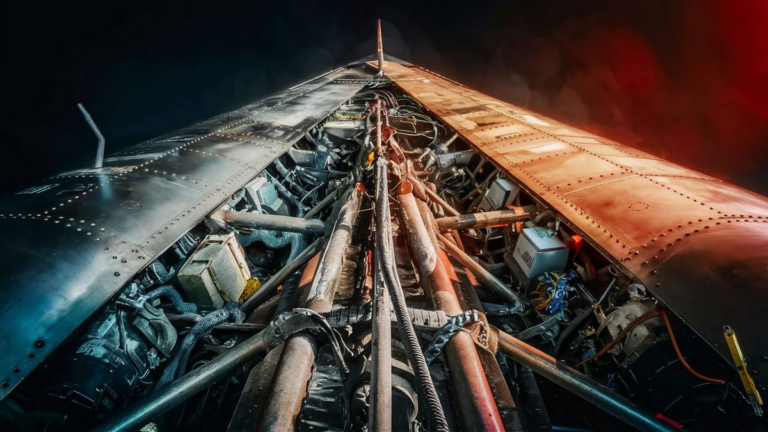Spars play a critical role in the structural integrity and functionality of aircraft. They are essential components that provide strength and support to the wings, enabling them to withstand various forces encountered during flight.
What Are Spars?
Spars are longitudinal structural members that run spanwise across the wings of an aircraft. They are typically located near the leading and trailing edges of the wings and serve as the primary load-bearing elements.
Types of Spars
There are several types of spars used in aircraft design, each tailored to meet specific performance requirements:
- Main Spars: These spars run from the wing root to the wingtip and carry the majority of the aircraft’s weight.
- Auxiliary Spars: Also known as secondary spars, these provide additional support and reinforcement to the wing structure.
- Rib Spars: Rib spars are integrated into the wing ribs and help maintain the wing’s aerodynamic shape.
- Box Spars: Found in some wing designs, box spars form a closed structure, enhancing torsional stiffness and overall wing strength.
Functions of Spars
The primary functions of spars include:
- Load Distribution: Spars distribute the aerodynamic and inertial loads experienced by the wings, ensuring that the stresses are evenly distributed throughout the structure.
- Structural Support: Spars provide the framework for attaching various components of the wing, such as ribs, skin panels, fuel tanks, and control surfaces.
- Resistance to Bending and Torsion: Spars resist bending and torsional forces generated during flight maneuvers, maintaining the wing’s shape and stability.
- Weight Reduction: Spars are designed to be lightweight yet robust, contributing to the overall efficiency and performance of the aircraft.
Materials Used
Spars are typically constructed from lightweight yet durable materials such as:
- Aluminum Alloys: Commonly used in older aircraft designs, aluminum alloys offer a good balance of strength and weight.
- Composite Materials: Modern aircraft often incorporate composite spars made from carbon fiber reinforced polymers (CFRP) or fiberglass, which provide superior strength-to-weight ratio and fatigue resistance.
- Titanium Alloys: In high-performance aircraft or aerospace applications, titanium alloys may be used for their exceptional strength and corrosion resistance.
Maintenance and Inspection
Regular inspection and maintenance of spars are essential to ensure the continued airworthiness of the aircraft. This includes visual inspections for cracks, corrosion, or other signs of damage, as well as non-destructive testing methods such as ultrasound or eddy current inspection.
Spars are integral components of aircraft wings, providing structural support, load distribution, and resistance to bending and torsion. Understanding the role and importance of spars is crucial for ensuring the safety and performance of aircraft during flight operations.
Advancements in Spar Design
With advancements in materials science and manufacturing techniques, there have been continuous improvements in spar design. Engineers are exploring innovative ways to optimize spar geometry and utilize advanced materials to enhance performance while reducing weight.
Integration of Advanced Composites
One significant trend is the increased utilization of advanced composite materials in spar construction. These materials offer superior strength-to-weight ratios compared to traditional metals like aluminum, allowing for lighter and more efficient spar designs.
Computer-Aided Design (CAD) and Finite Element Analysis (FEA)
Another area of development is the use of CAD software and FEA simulations to optimize spar designs. Engineers can model various load scenarios and analyze stress distribution within the spar structure, enabling them to fine-tune designs for maximum efficiency and durability.
Frequently Asked Questions
| Question | Answer |
|---|---|
| Are spars only used in aircraft wings? | No, while spars are commonly associated with aircraft wings, they can also be found in other aerospace structures such as fuselages and tail assemblies. |
| How do spars contribute to fuel efficiency? | By reducing the overall weight of the aircraft while maintaining structural integrity, spars help improve fuel efficiency by reducing the amount of fuel needed to achieve desired flight characteristics. |
| What are the challenges in manufacturing composite spars? | Manufacturing composite spars requires specialized techniques to ensure proper bonding and curing of the materials. Quality control is crucial to detect defects that could compromise the integrity of the spar. |






